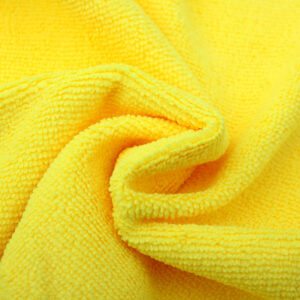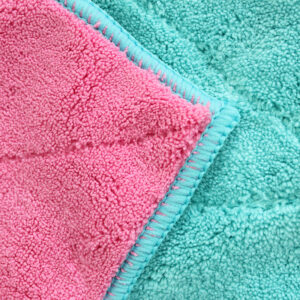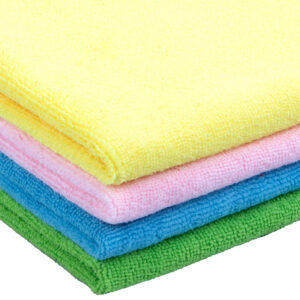Do you know about microfiber cloth?
Reusable, economical and environmentally friendly:
As most people know, cloths can clean stains, dust, appliance screens and avoid scratches on glass, so a good microfiber cloth can be used instead of a towel or napkin for a variety of cleaning tasks. You can also use a microfiber cloth in situations where you would normally reach for a paper towel. Unlike paper towels, microfiber towels are easy to wash and reuse, making them less wasteful. Unlike traditional cotton towels, microfiber towels and towels absorb microscopic materials, bacteria and other germs without the use of chemicals. Using microfiber towels is much more eco-friendly than paper towels and will save you money in the long run because they are durable and reusable. Dry and damp microfibre cloths are what you need for many different cleaning tasks such as dusting, window and mirror cleaning and shiny stainless steel.

Effective sterilization:
In fact, microfiber cloths are so effective that some hospitals are beginning to abandon traditional microfibers as a detergent. They do not kill viruses, but they pick up dirt, viruses, and germs that settle, reducing the risk of disease at home, work, and school. Tests show that the use of microfibre materials to clean surfaces reduces bacteria by 99%, while conventional cleaning materials reduce bacteria by only 33%. A head-to-head comparison showed that a microfiber mop reduced germs by 99 percent, while a loop mop achieved only a 30 percent reduction.

Absorb water and decontamination:
Because microfiber is so absorbent, it is perfect for window surfaces that tend to strip. If it is dirty, rinse it with clear water. If your towel is working, you can rinse and wring it out, but it needs some absorbency to absorb dirt. If you are worried about these problems, look at the use of a special fiber trapping ball in a washing machine filter. This technology is not as effective at capturing short fibers as long ones, and some suggest that the tiny fibers in microfiber fabrics (about 1,000 times smaller than the microfibers released in normal synthetic clothing) pose unique problems that fine filters face.

What is microfiber:
Microfiber is a synthetic fiber, usually a fine (such as Deni or Decitex threads) with a diameter of less than ten micrometers. Most microfiber tissues consist of filaments 10 to 50 times smaller than a human hair. High-quality cloths are made from fibers that are 1 / 200 the width of a hair. A strand of silk is a denier, or one-fifth the diameter of a human hair. A microfiber is a fineness measure that corresponds to the unit of the fiber that weighs one gram (9,000 meters), which means that it is extremely small. For comparison, a microfiber is 1 / 100 the size of a human hair or 1 / 20 the diameter of a silk strand.